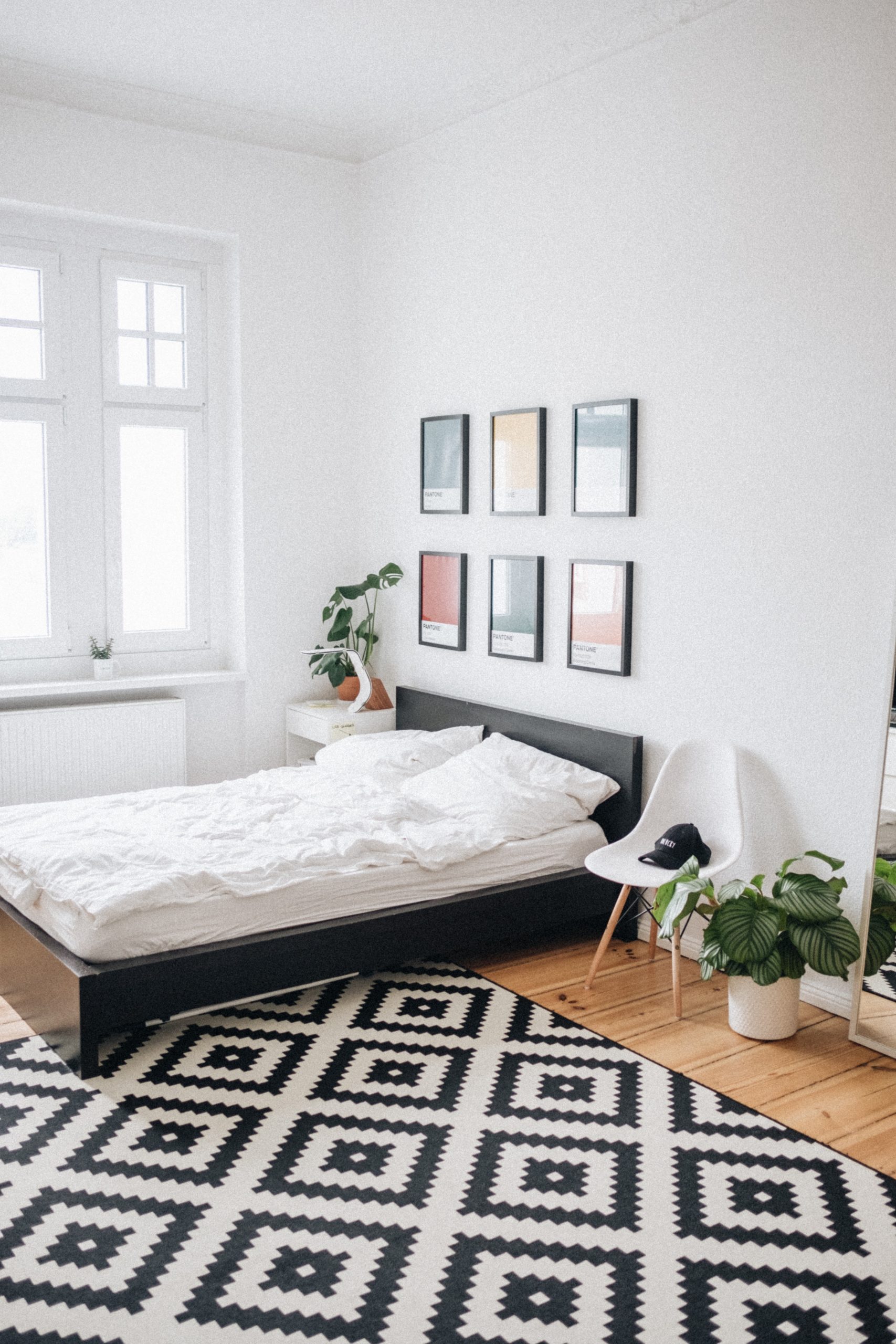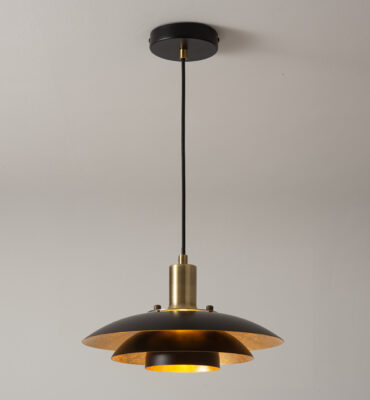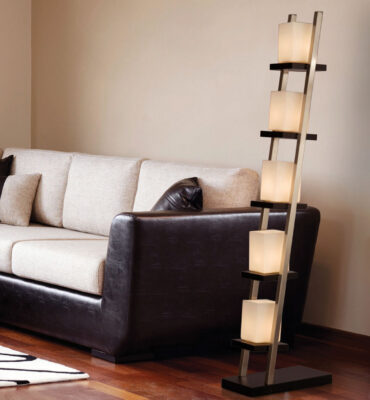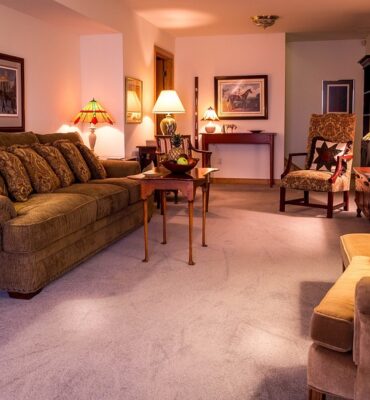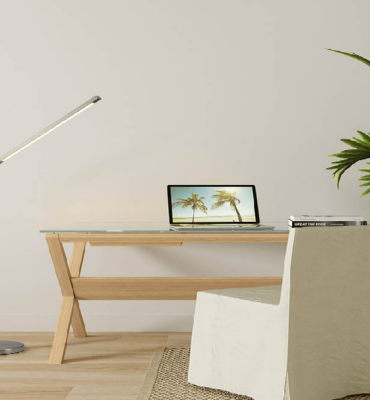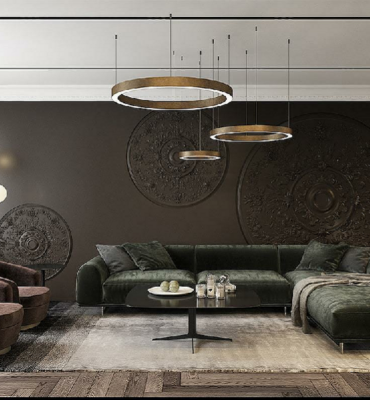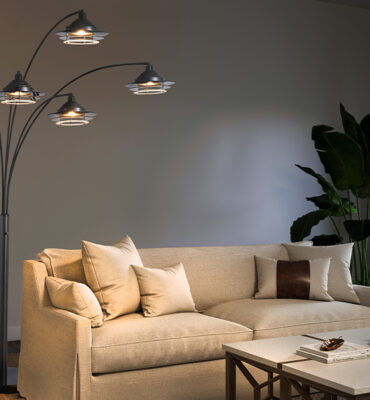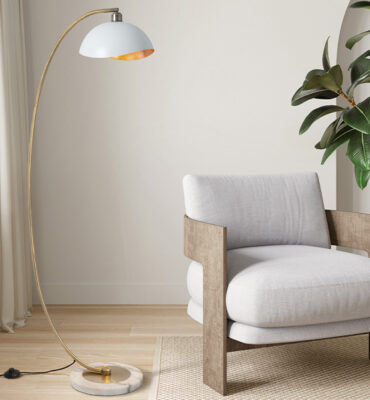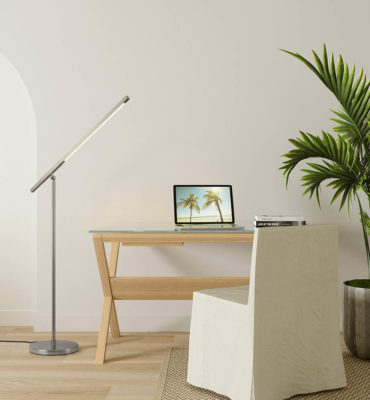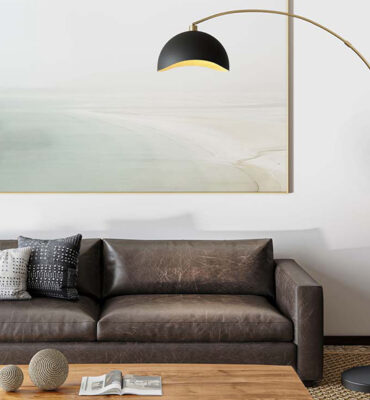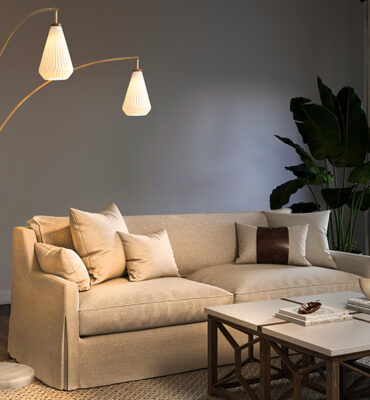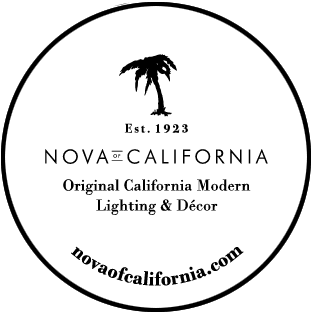Through the years, some style trends come and gone quickly. Scandinavian-style houses, however, have been an enduring style trend for more than half a century. The light and airy look seems to remain “in style” decade after decade. The Scandinavian style is simple, clean, bold, optimistic, decorated, and uplifting.
Traditional Scandinavian Style
Color
Influenced by long dark winters, traditional Scandinavian interiors utilize light woods in hardwood flooring and furniture. Natural finishes are often painted in pale tones of pink, blue, gray, green, or yellow, and white to bring a light and airy look as a contrast to the gloomy weather common in Scandinavia. Touches of red and gold are sometimes used to add brightness to traditional Scandinavian interiors.
Furniture
Furniture is painted, bleached, or lightly stained. Wood furniture was commonly crafted from alder, beech, birch, and white pine. Delicately carved designs can be seen in fluted furniture legs, tables, and mirrors. Walls are painted in white or pale colors.
Other Elements
Patterns tend to be stripes or soft florals on a white background. Pale blue is often associated with traditional Scandinavian decor and is one of the most popular colors in modern rooms.
King Gustav and Swedish Style
Most design historians believe that the Scandinavian style has deep roots in Sweden 200 years ago with King Gustav III. On a trip through Europe, Gustav fell in love with the neoclassical furniture and décor popular in France during Louis XVI’s reign in the late 1700s. He insisted that style be exhibited throughout Sweden. The people of Sweden adopted that style which was to be called the Swedish Gustavian style.
Carl Malmsten
Later, in the early 1900s, Carl Malmsten introduced the Swedish style the world has come to love, which combines modern elements with antiques and reproductions.
Malmsten was a Swedish furniture designer and architect who fully embraced classic Swedish craftsmanship while eschewing functionalism.
Modern Scandinavian Style
Scandinavian Modern Style came into being in the early 20th century, as designers abandoned the more ornate style and, at the same time, focused more on function.
The English Arts and Crafts movement significantly impacted modern Scandinavian furniture, with less ornate, sleek straight lines in light woods with smooth round or tapered legs. Pure white interiors are typical with accents of both pastels and even bold hues, as well as touches of black.
Straight lines and sleek designs abound in modern Swedish style. Furnishings are devoid of the ornamentation often seen in traditional rooms.
Influence on Style Today
In recent years, many interior designers, and American devotees of all things Scandinavian, mix the traditional with modern styling—simple forms, bold accents, light-toned furniture, and exciting textiles with some decorative elements.
Mixing modern and traditional Swedish styles creates an appealing eclectic look. Combining traditional and contemporary furnishings, bold patterns, and bright colors is emblematic of the look. White walls set off the furnishings and add another layer of light to any Scandinavian room.
Antiques and contemporary decor exist side by side brilliantly.
Designer Take-Aways
- King Gustav helped launch Sweden into the world of style.
- Carl Malmsten helped introduce an aesthetic that mixes Scandinavian traditional style with modern or contemporary elements.
- You’ll find strong influences of Scandinavian style in Mid-Century modern furniture and architecture.
- In Scandinavian rooms today, few window treatments are seen, making for light, airy spaces.
- Black and white stripes in throw pillows or an area rug are common elements of the period.



